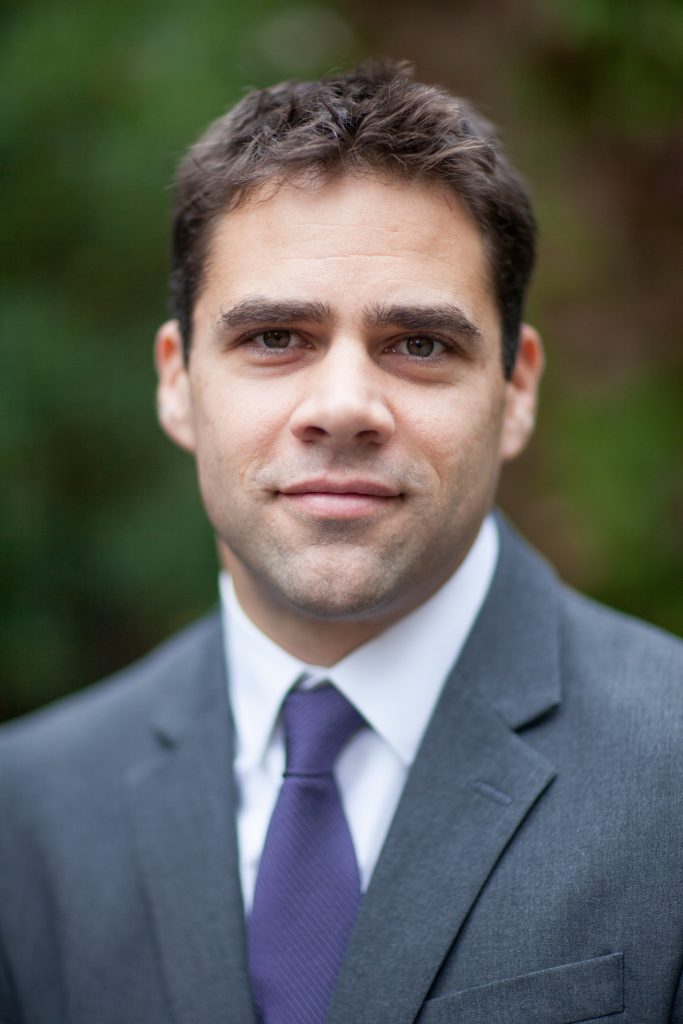University Professors Provide Prisoners with Higher Education

By Isabella Barberio – Staff Writer
If you had the opportunity to receive higher education when serving time behind bars, would you take it? A University of Scranton professor provides this opportunity to prisoners in Pennsylvania.
Christopher Haw, Ph. D., gave insight on his prison teaching program, which gives prisoners in local jails the opportunity to pursue higher education.
In this “classroom behind bars,” there is no internet, no email, no paper and minimal changes in the curriculum throughout the semester. So how does he do it?
Based off the Bard Prison Initiative, Haw’s program aims to provide the liberal arts in prison education to prisoners in local jails across Pennsylvania. When he started teaching at Scranton, he knew that he wanted to start a program here. He bases his program out of Dallas, Pa., and allows prisoners across the state to apply. If accepted, they are then transported to Dallas so they can partake in the program.
Correctional institutions support these programs for multiple reasons; every dollar they put into funding these types of programs, they save $5 and recidivism is cut from 50% to 4% in prisons where these programs are implemented. Recidivism is the likeliness that prisoners will return to jail after being released. It is important to prisoners to keep this percentage as low as possible.
Faculty asked to teach classes in this program quickly learn that although there are adjustments that need to be made to their teaching styles.
“The glass is way more than half full, its very exciting,” Haw said.
He encourages faculty to teach the normal classes they teach at the University, such as biology or Spanish. Professors teach classes similar to the subject they teach at the University. For example, Brian Snee, Ph.D., teaches communications classes and Duane Armitage, Ph.D., teaches philosophy classes.
“Take your normal college classroom and put it behind bars,” Haw said.
Prisoners are given a weekly, well-rounded schedule that requires them to take core classes to graduate. They also have a weekly study hall where they can complete homework, classwork, and ask any questions they might have about the class.
Although this is an opportunity that is brought into the prisons, prisoners who are interested must go through a full application process. They are asked to write essays based on multiple prompts that Haw puts together. Once accepted, they are put into a cohort, where they are given a schedule of classes they are required to take throughout the week. Cohorts are sections of students who are taking classes together, they are all expected to get their diplomas at the same time.
“Due to my worries about attrition of our students, I wanted to double our cohort size. That’s why I ran a second round of applicants,” said Haw.
Once he lost two of his students in cohort one, Haw knew that he wanted to put out an application for a second cohort. He hoped that this would give more prisoners the opportunity to join his program. Although a normal classroom size at the University is around 28-30 students, that size would be too large for this type of classroom.
“The students are so engaged and vibrant,” said Haw.
He explained that because so many of them were interested in classroom discussion and participation, a smaller class size would be more beneficial to both the students and professor.
Aside from negative opinions he receives along the way, most of the feedback is positive and encouraging of his program.
Haw’s program has been very successful, and he hopes to continue beyond cohorts two and three. He enjoys giving as many prisoners as he can the opportunity to an education.
